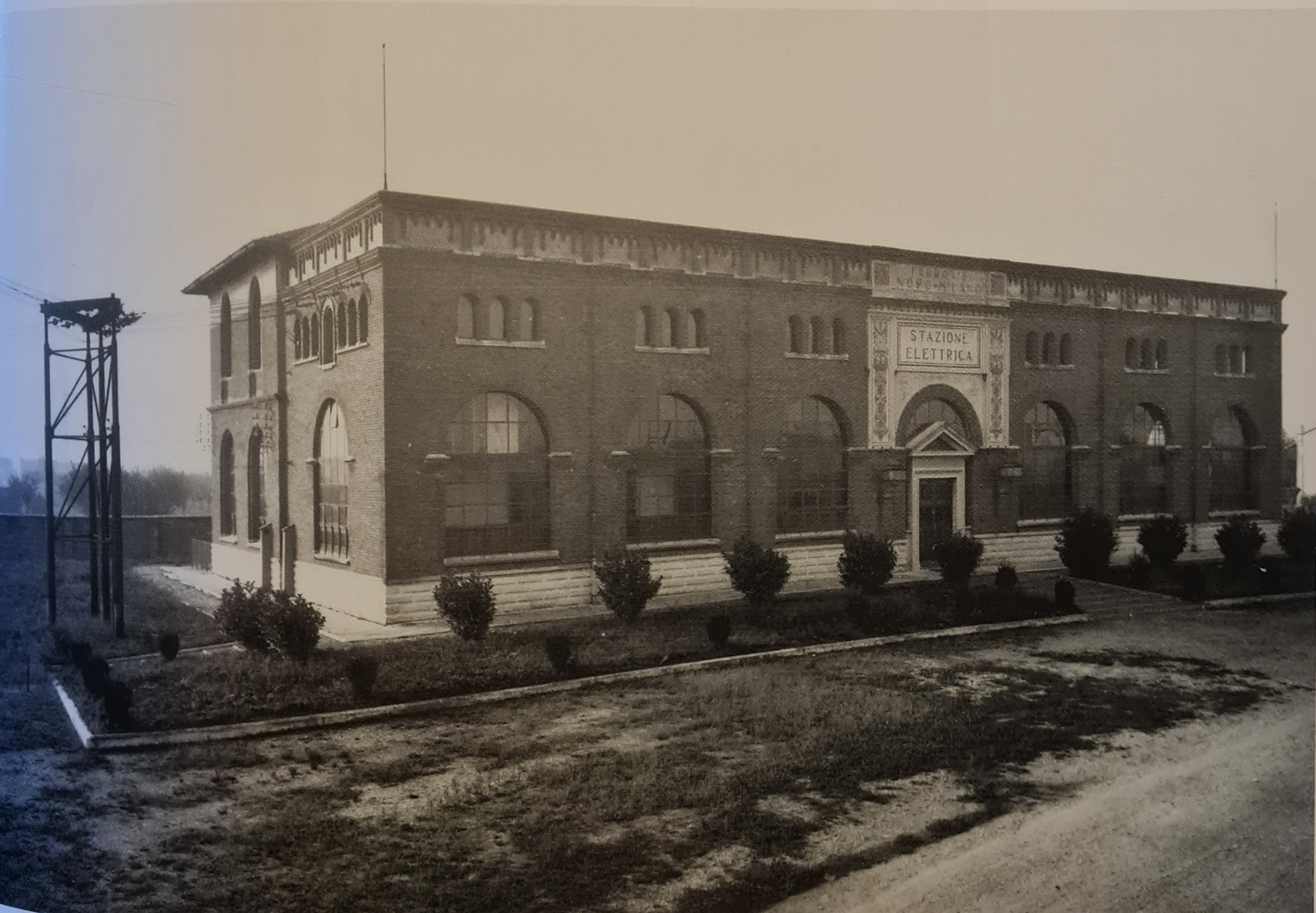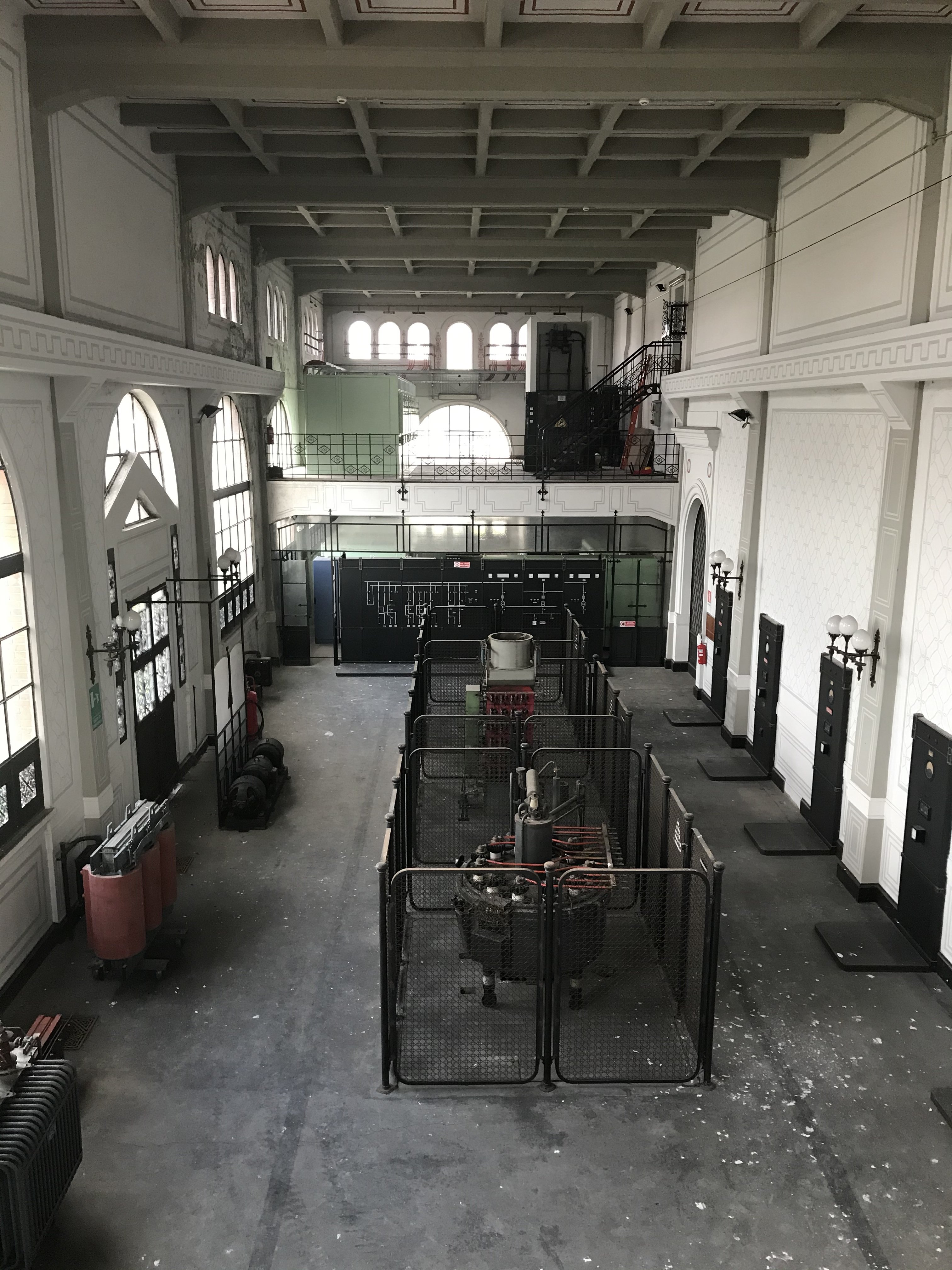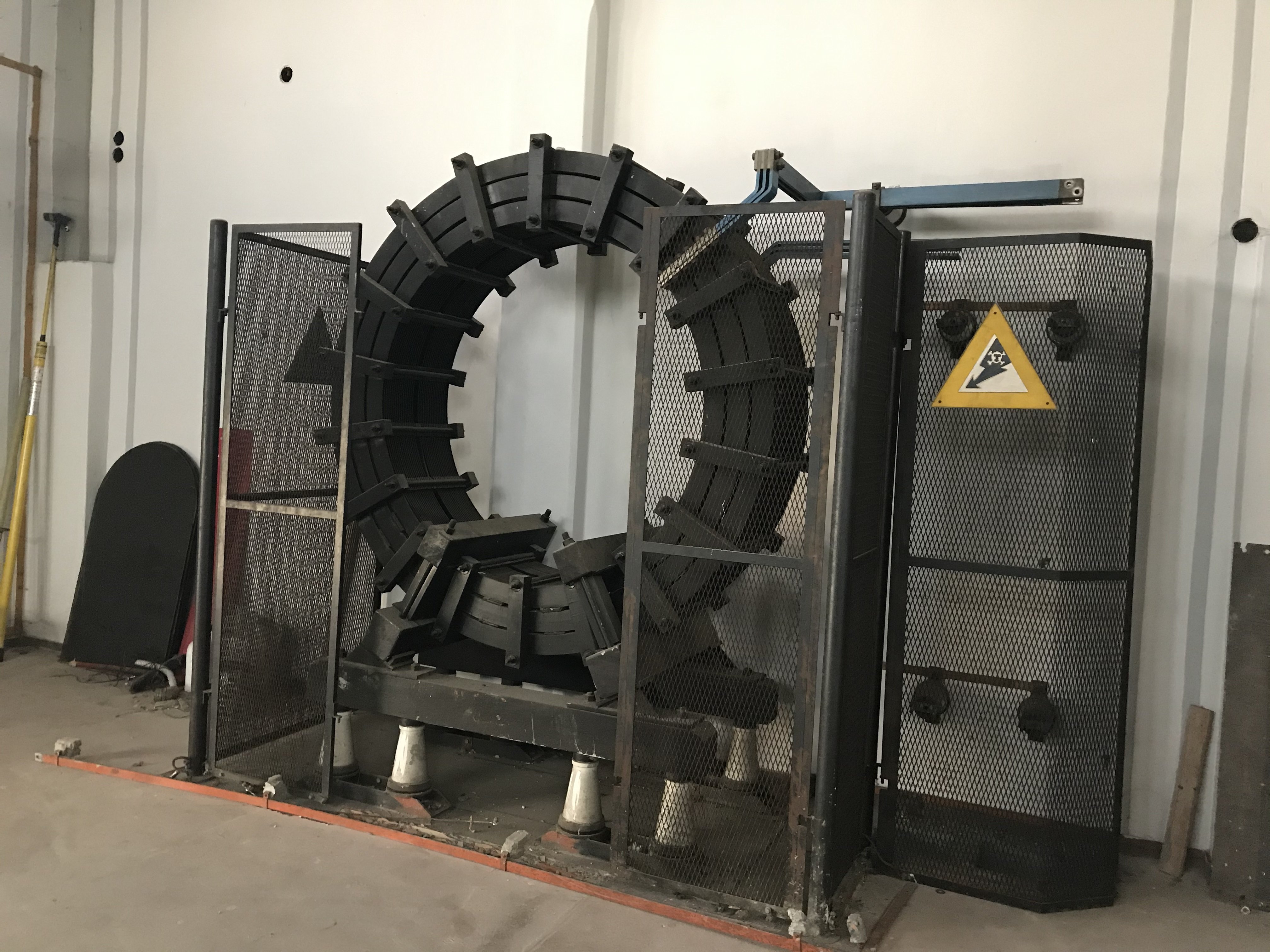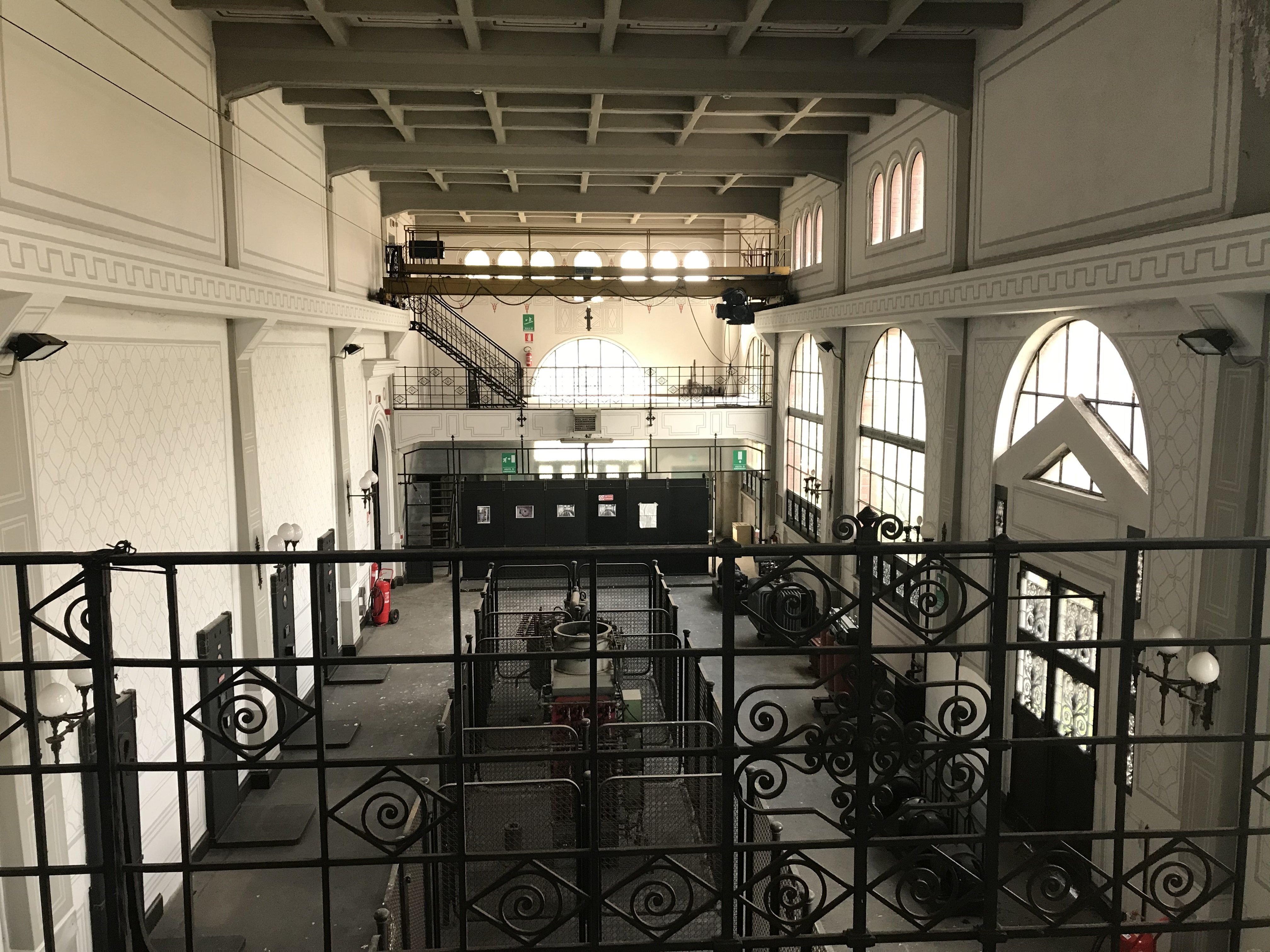
Novate Substation
For the first electrification of Ferrovie Nord, for the Milano-Saronno and Bovisa Meda lines, a single substation for transformation and conversion was built at Novate Milanese, around 7 km from Milano Cadorna station, within the area occupied by the locomotive depot. With the aim of reducing the long V-shaped route needed to bring power to the Seveso-Meda line, a power line around 4 km in length was laid between the Novate substation and Cusano Milanino, which powered the line from a more central position in terms of its overall layout.
The decision to entrust Tecnomasio Italiano Brown Boveri (TIBB) with the entire programme of equipping the substation and installing the overhead line was for purely technical reasons, as the company was the only one to unhesitatingly suggest the use of mercury arc rectifiers for converting power from alternating to direct current.
The substation was designed for the installation of four transformer-rectifier units but only three were installed, resulting in 6000 kW of continuous power. The original rectifiers provided reliable service for 32 years and were still in good condition in 1960, when they were replaced by others of more modern construction but of equal power. In 1976 they were replaced once again by the more modern silicon rectifiers. The substation was therefore completed and put into operation in the early months of 1929. It still retains the same charm it had then: entering its rooms, decorated in the Liberty style with elegant wrought iron details, time seems to have stood still.

Gallery

The original power supply diagram of the overhead lines to Saronno and Meda from the Novate Milanese substation. There were three continuous transformer-rectifier units of 2000 kW each in operation. The scheduled fourth unit was never installed. 
The interior of the substation today, seen from the raised level: the rectifiers can be seen in the centre of the main room 
Interior of the substation, technological equipment (1) 
Interior of the substation, technological equipment (2) 
Interior of the substation, technological equipment (3)